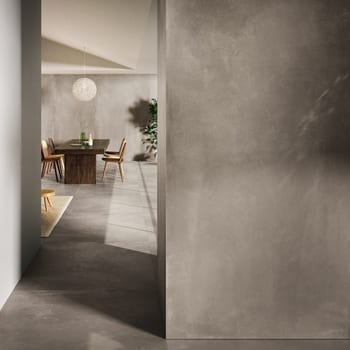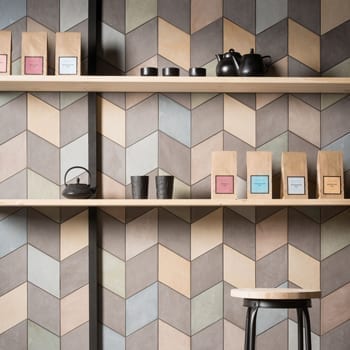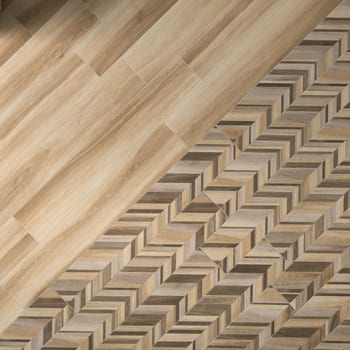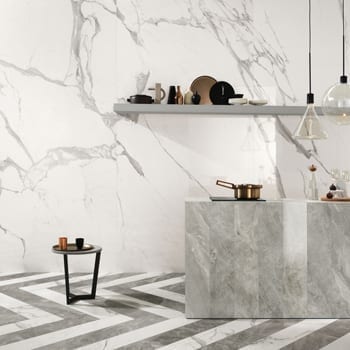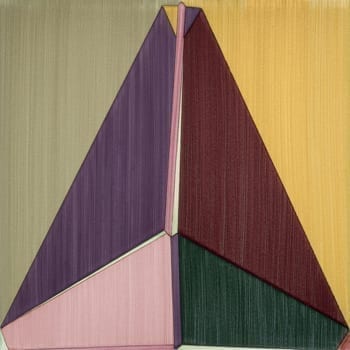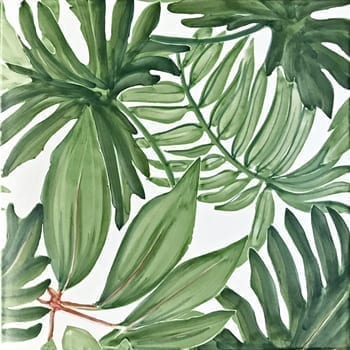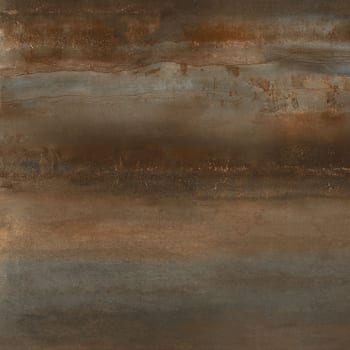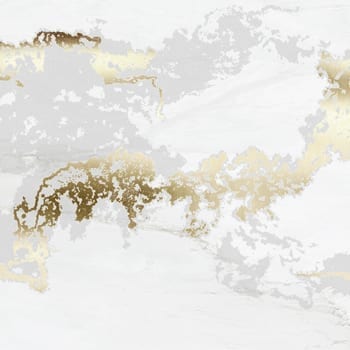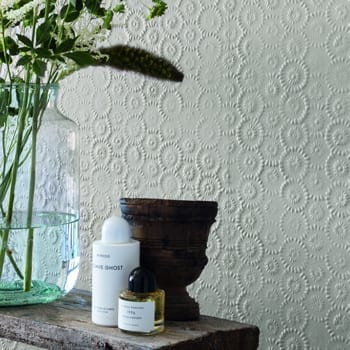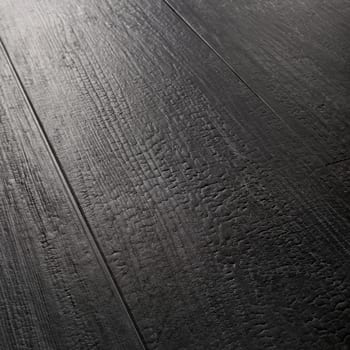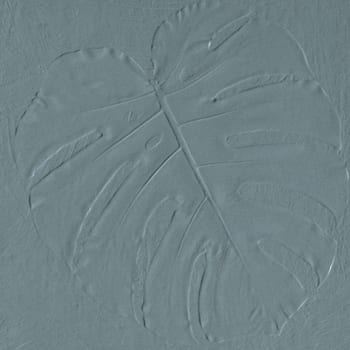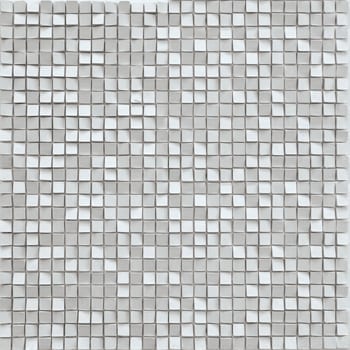Technical


Ceramic tiles and their place of use | by Livio Salvadori
There are four main aesthetic and compositional criteria that need to be taken into consideration when choosing ceramic tiles for a specific location: size, colour, surface finish and decoration.
Tile size and shape are key factors in determining the layout of the tiled surface and therefore the overall visual impact of the space. The grid pattern of joints between the tiles will be denser and more closely-knit in the case of smaller tile sizes and wider and consequently less visible with larger sizes. The visual impact of the joints also depends on their width and the colour chosen for the grout.
Square and rectangular shaped tiles are the most common and lend themselves to many different solutions. They are available in a range of modular sizes, from small mosaics through to large-size slabs (up to 160×320 cm). Moreover, by combining tiles of different sizes, it is possible to further increase compositional potential and achieve a high level of customisation. Other available shapes include triangles, trapeziums, hexagons, octagons and so on, while waterjet cutting technology can be used to create customised shapes and designs.
As for colour, the use of modern production technology coupled with the latest hi-tech digital printing systems allows tiles to be produced in a virtually unlimited range of shades. By using suitable pigments and the right composition of raw materials, it is possible to create any colour, shade, hue or special effect. Likewise, it is possible to reproduce any chromatic or grain effect, streaks, veins, patterns or textures inspired by other materials such as earth, stone, marble, granite, metal, wood, cement, resin and fabric.
Further compositional variety can be achieved thanks to the wide range of available finishes, including natural, glossy and matt, rough and polished, textured, shaded, bush-hammered, antiqued, metallised, relief and three-dimensional effects.
The range of possible decorations is likewise unlimited thanks to advances in decorating techniques, such as digital technology which is capable of reproducing any object, design, photo or polychromatic texture.
In some installations, the same decoration is used on every tile to create a repetitive composition based on a single motif. In others, tiles with different but coordinated decorations can be chosen to create a large, complex design.
Finally, the third-firing technique for decorating glazed surfaces can be used to create exclusive and often very striking aesthetic effects.
To fully exploit the wide range of solutions available with ceramic tiles, we always recommend starting out from a detailed analysis of the context. In the case of interiors, the key aspects to be considered are tile size, the dimensions of the area to be tiled, the intended use of the space, the lighting conditions, the furniture and the colour, texture and materials chosen for the other surfaces. The tiling should fit harmoniously into this context and reflect the personal tastes of the user. For this reason, the tile size should be chosen according to the overall dimensions of the tiled area, while the tile colour needs to coordinate well with the furniture and the brightness of the room, etc.
Likewise, in the case of exterior paving or façade cladding applications, it is useful to analyse the urban context and the surrounding built and natural landscape, including the presence of greenery, lighting conditions, the orientation of the sun and other factors.
Finally, when making any decision it is crucial to think in terms of the finished tiled installation rather than focusing on individual tiles. This is the single most important aesthetic consideration.
January 2019




